Comparing heatwaves each year is difficult because they are location dependant and the current Met Office heatwave definition has only been in place since 2019.
A heatwave occurring a some point during the summer is fairly common.
While this heatwave is being highlighted as the third, Scotland and Northern Ireland missed out on the heatwave at the end of June and beginning of July.
The last time we experienced three heatwaves in the UK was in 2022.
This was also when the UK saw the highest temperature on record with 40.3C at Coningsby.
In terms of the “number of heatwave days” – when at least one UK location met the threshold temperature – there have been 25 days in 2025 as of 10 July.
Only in 1989 and 2018 were there more “heatwave days” at this point in the year – with 26 and 34 days respectively, according to data from weather website Starlings Roost Weather, external.
While we might expect hotter weather for at least a time during the summer, temperatures over the next few days are around 7 to 10C above average for mid-July.
Climate scientists are clear that heatwaves will become more frequent, more intense and last longer with climate change.
The head of conservation at the Bedfordshire, Cambridgeshire and Northamptonshire Wildlife Trust, Matt Jackson, told BBC Breakfast there are both short and long term impacts of the heat on wildlife.
“The short term impacts are we can see things happening so much earlier in the year – things are happening 10 or 15 days earlier than we would have expected even only 20 years ago,” he said.
“The difficulty is that things go out of sync.
“We get the butterflies which feed the birds for instance coming out [at a time that is] out of sync with the bird breeding cycle – so they don’t have the amount of food they need to feed their chicks.”
However, he said the longer term changes are the “biggest problem” giving the example of soil moisture changing the plant communities.
“We think drought is now the biggest threat to nature reserve management across the country.
“It is changing the way our nature reserves work and we’re having to try and work out how to adapt to that.”

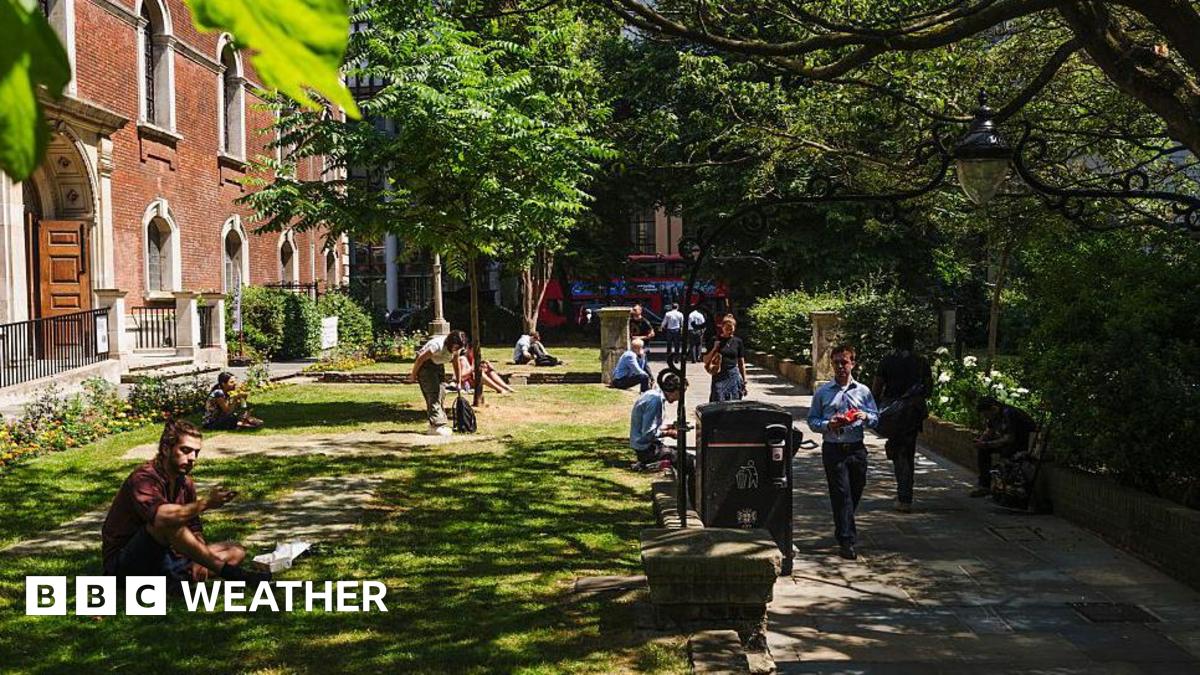



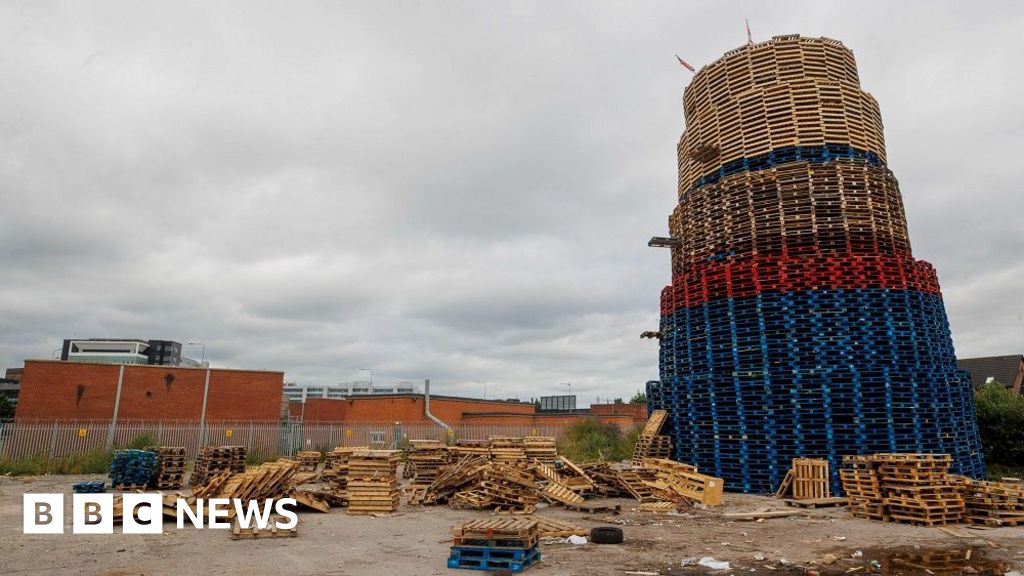

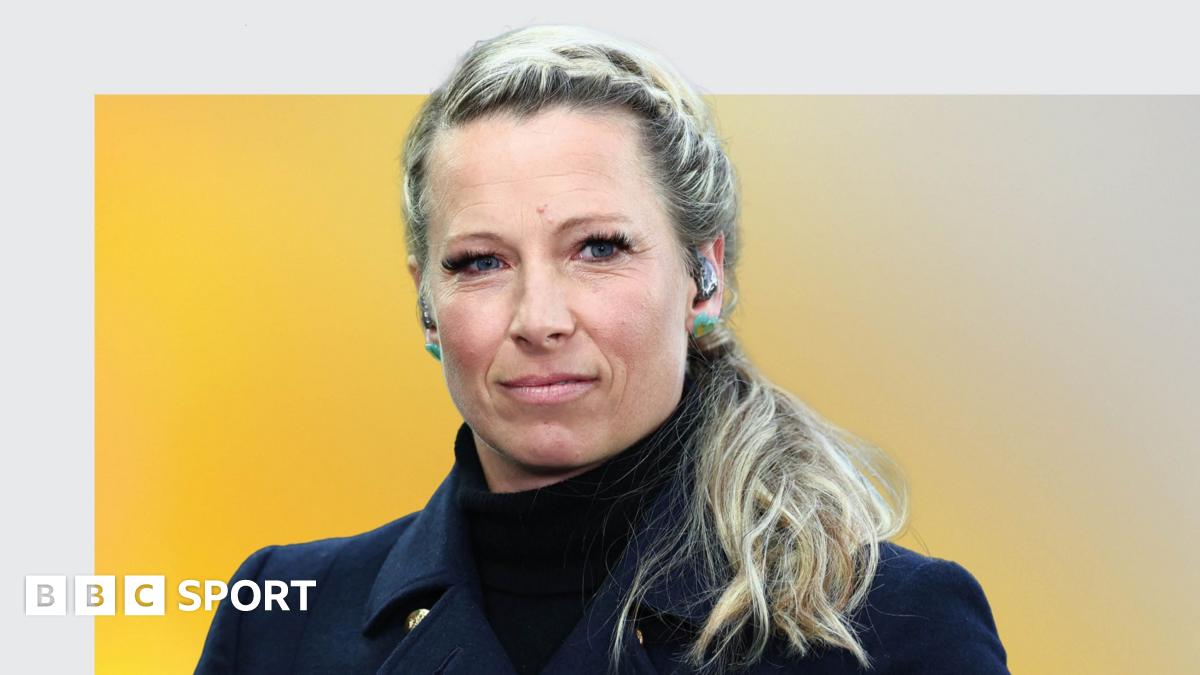
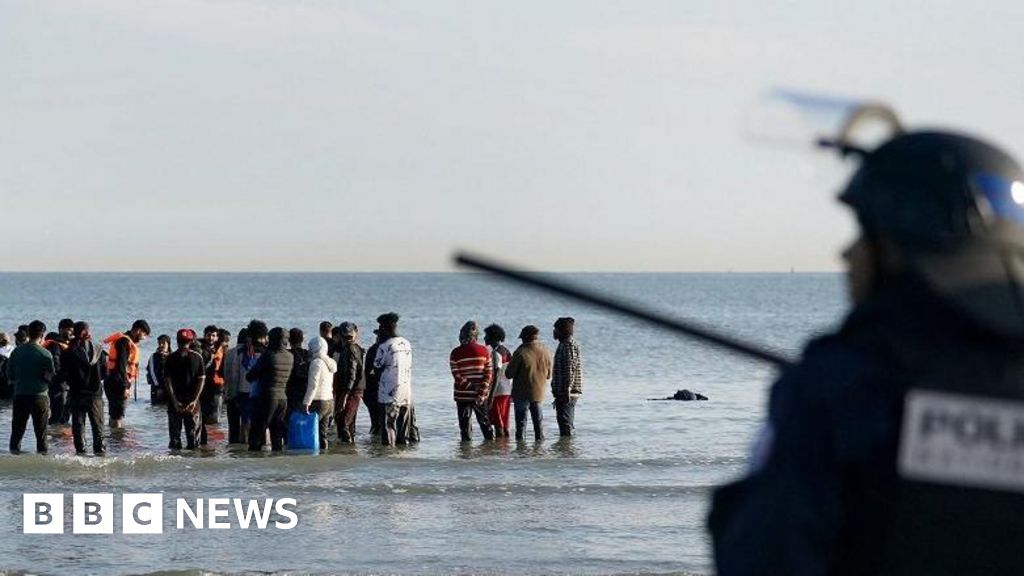


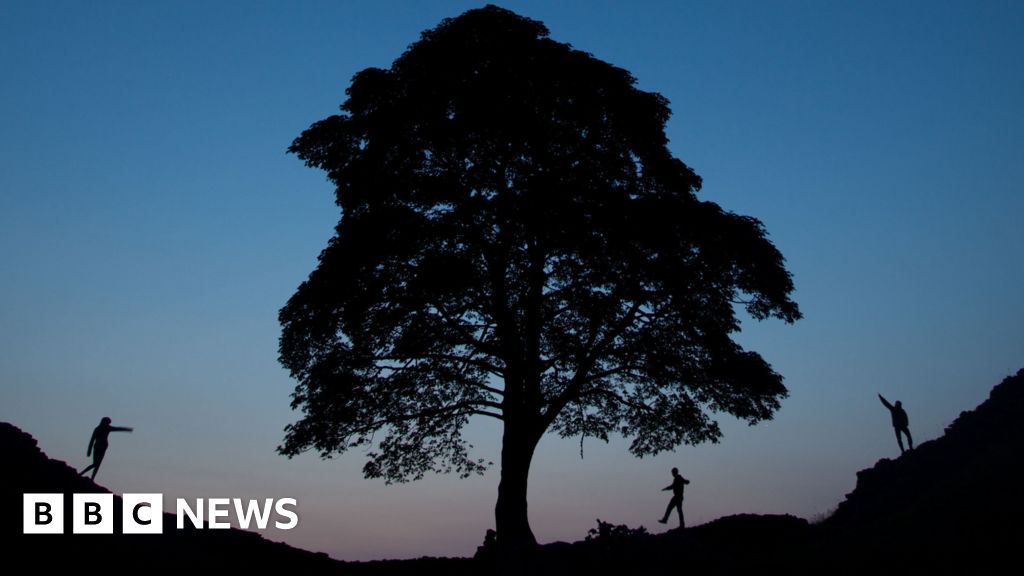


Leave a Reply